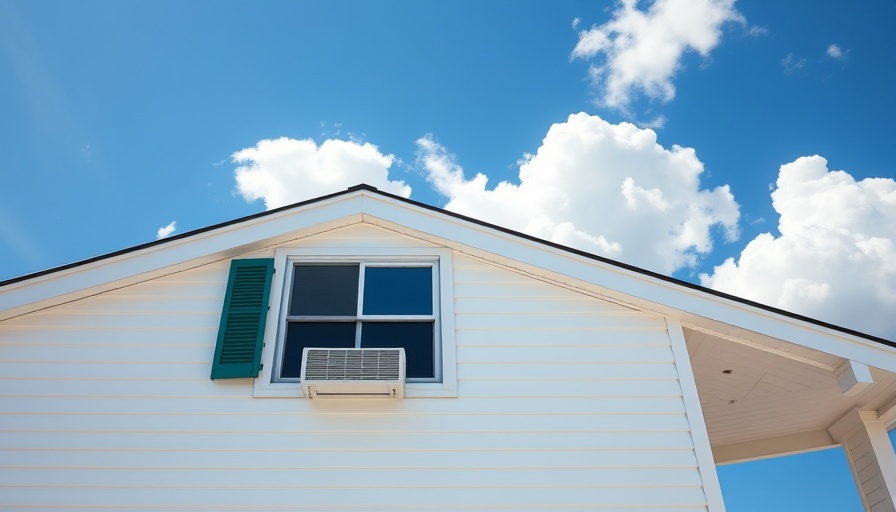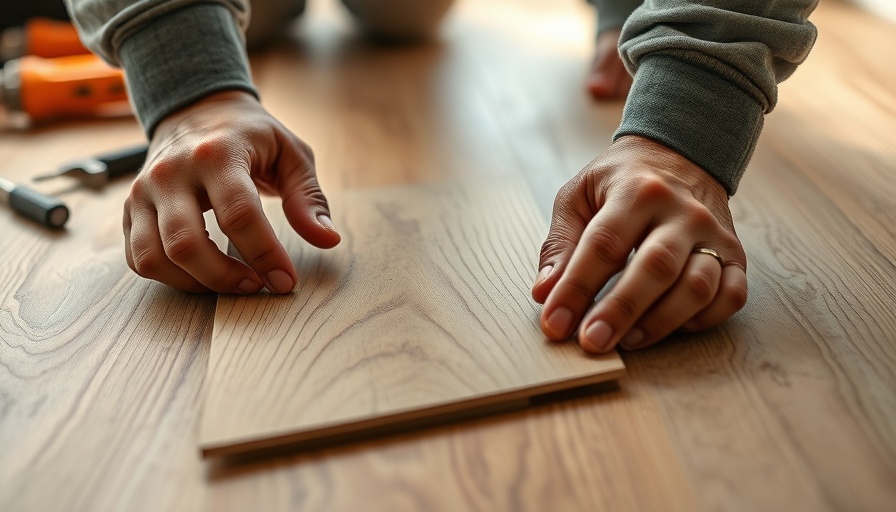
Understanding the Frustration: Why Isn’t Your Window Air Conditioner Blowing Cold Air?
When the summer heat makes its presence felt and your window air conditioner (AC) simply refuses to blow cold air, it can be a challenging situation for any homeowner. Knowing how to troubleshoot the issue can save you time, money, and stress. This guide provides several tips to help you get your AC back in effective cooling mode.
Identifying Common Problems with Window AC Units
Before diving into solutions, it's crucial to identify what might be causing your AC unit to malfunction. In most cases, if your window AC unit is powered but not blowing cold air or blowing warm air, the problem typically lies within four main areas: air flow, temperature control, the control panel, and the cooling system.
Air Flow: The Lifeblood of Cooling
Most often, the culprit behind a lazy window AC is a disruption in air flow. This can occur from a dirty or clogged air filter, which literally blocks cold air from circulating. To check this, locate the air filter usually found behind the front grill of the unit. A simple cleaning or replacing of the filter can significantly improve air flow and cooling performance.
Keep It Clean: Maintenance Is Key
Next, check for any debris surrounding the unit, especially around the intakes. Dust accumulation can hinder the unit's ability to draw in air effectively. Regular cleaning not only enhances performance but also prolongs the lifespan of the air conditioner.
Temperature Control: Setting the Right Expectations
Another critical aspect is the temperature control mechanism. If the thermostat is malfunctioning, the unit may not operate as intended. Check the thermostat setting: sometimes a simple adjustment can correct the issue. Ensure that it's set to a temperature lower than the current indoor temperature for optimal cooling.
Check the Control Panel: Power and Signals
If your AC unit makes sounds but still fails to cool, there might be an issue with the control panel. A reset may be necessary, or in some cases, a technician may need to examine it for electrical faults. Unplugging and replugging the unit can sometimes reset the controls.
Understanding the Cooling System Functionality
The last piece of the puzzle involves the cooling system itself. If the refrigerant is low or if there’s a leak, you won't get that refreshing breeze. Consulting a professional to handle refrigerant levels is advisable, as handling refrigerants requires expertise and equipment.
Additional Troubleshooting Tips to Keep You Cool
For homeowners who are comfortable with DIY projects, there are a few extra steps to consider. Ensure that the unit is installed correctly in the window; misalignment can lead to poor performance. Additionally, check the drain holes to prevent water accumulation and potential freezing of internal parts which may disrupt operations.
Staying Cool: Preventive Measures for Future Seasons
To keep your air conditioner functioning at its best year after year, integrating a maintenance schedule is invaluable. Clean filters regularly, inspect the unit for dust and dirt build-up, and consider having it serviced by a professional before summer starts. Keeping your system in optimal working order not only enhances cooling but also boosts energy efficiency.
Decisions to Make with This Information
Understanding your window AC unit’s common issues equips you to make informed decisions about repairs or whether to invest in a new unit altogether. Knowing when to call a professional versus when you can tackle it yourself can make a significant difference in your comfort this summer.
Call to Action
Don’t let a malfunctioning air conditioner ruin your summer enjoyment. Take charge of your cooling solutions by identifying potential issues with your window AC. Consider performing simple maintenance or contacting a professional for more complex problems. Keeping your cool means keeping your home comfortable!
 Add Row
Add Row  Add
Add 




Write A Comment